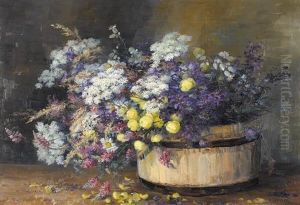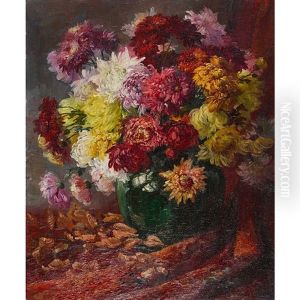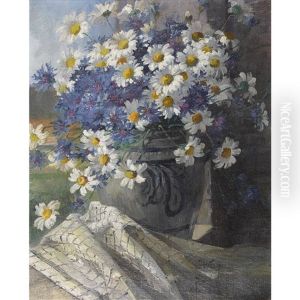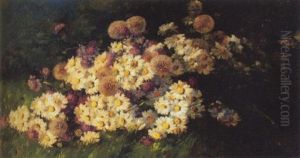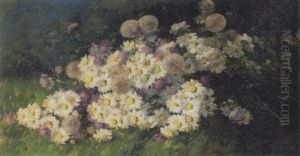Anna Haller Paintings
Anna Haller was a Swiss painter, renowned for her delicate watercolors and her contribution to early 20th-century European art. Born on August 19, 1882, in Aarau, Switzerland, Haller grew up in a time when women's roles in the arts were beginning to evolve, yet they still faced significant barriers in the professional art world.
Haller's early life was characterized by a deep appreciation for nature and the Swiss landscape, which would become a central theme in her artwork. She received her initial art education in Switzerland before furthering her studies in Munich, Germany, and later in Paris, France. During her time in Paris, she was exposed to the works of the Impressionists and Post-Impressionists, which influenced her stylistic development.
Her artistic career blossomed in the early 1900s when Haller's work began to be recognized for its unique blend of realism and impressionistic sensitivity. She primarily focused on landscapes, still lifes, and portraits, infusing her compositions with a sense of tranquility and a delicate interplay of light and color. Haller's watercolors, in particular, were celebrated for their clarity and luminosity, capturing the changing moods of the Swiss countryside with a quiet elegance.
Despite her talent, Anna Haller's career was cut short by her untimely death on February 27, 1924, in her hometown of Aarau. She was just 41 years old. Although her life was brief, her artistic legacy continued to influence Swiss artists and she remains a respected figure in Switzerland's art history. Her works are a testament to her vision and skill, and they continue to be admired for their beauty and serenity.
